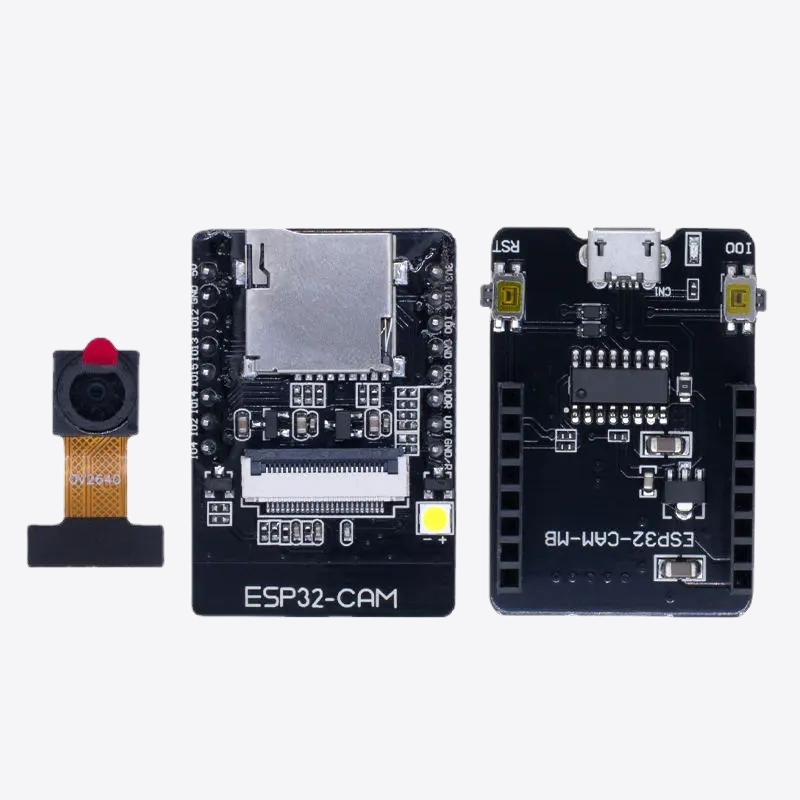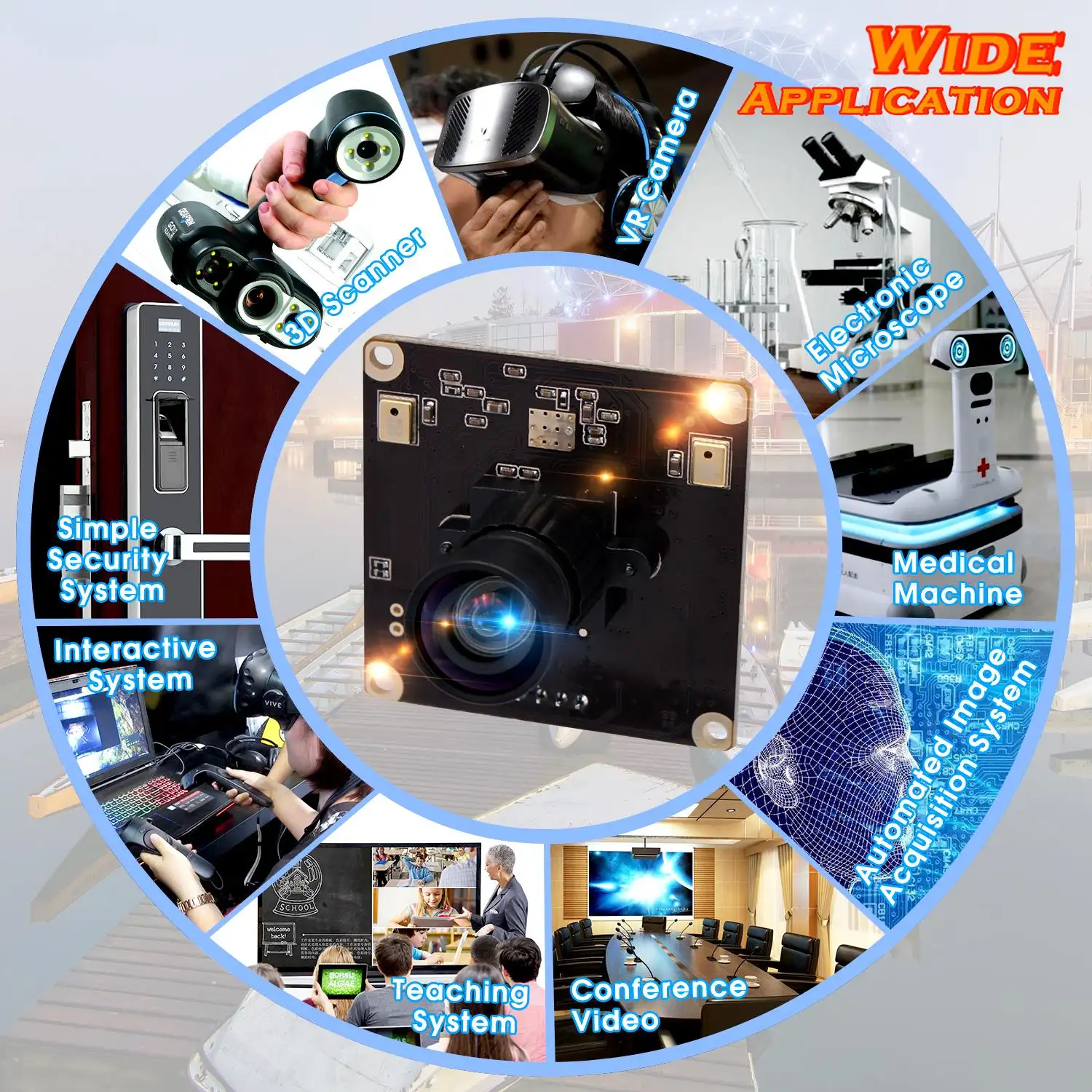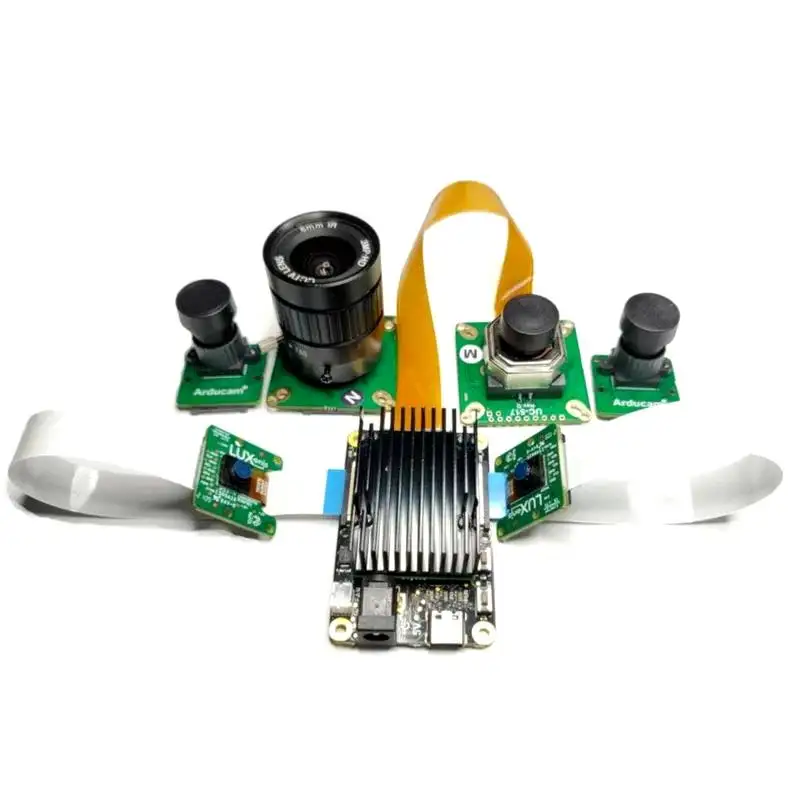Multiple Serial Ports for Seamless Industrial Communication

How Well Do Your Boards Handle Serial Communication?
Not all embedded boards are equipped for the demands of industrial communication. This table compares typical embedded boards with our serial-port optimized platforms—showing how electrical isolation, BIOS-level configurability, and protocol flexibility can impact real-world system integration.
| Question | Standard Embedded Board | Customized AI Ready Board | Exclusive ODM by MiniITXBoard.com |
|---|---|---|---|
| Does it support legacy RS-232/485? | 1 or 2 fixed RS-232 ports | 4–6 COM ports, switchable RS-232/485 | 8x DB9/DB15, selectable + dual-voltage modes |
| Is electrical isolation supported? | No isolation, shared ground | Partial isolation (via addon modules) | 2kV opto-isolated, per-port surge protection |
| Can it be reconfigured via software/BIOS? | No | Jumper select for basic switching | BIOS-controlled per-port protocol + FIFO |
| Is it suitable for field deployments? | Consumer-grade UART chips | Hardened silicon, commercial temp rated | -40 to +85°C rated, 15kV ESD, EMI shielding |
Find the Right Serial Configuration for Your Embedded Workflow
Serial ports remain essential in automation, control systems, and legacy device environments. Whether you’re deploying compact terminals or building out mission-critical infrastructure, we offer serial-ready boards engineered to match your I/O requirements, electrical standards, and environmental conditions.
Minimal-Footprint COM Modules
Best For: Smart terminals, POS systems, kiosk controllers
2x DB9 serial ports (BIOS or jumper-selectable RS-232/485)
Compact layout for low-profile enclosures
Supports legacy peripherals without excess bulk
When to Choose:
- You need serial control in a small, fanless device
- Low data volume devices like modems, receipt printers, or ticket scanners
- Your application doesn’t need high isolation or extended cables
Versatile Multi-Port Systems
Best For: Robotics, industrial gateways, factory automation
4x COM ports with software-configurable modes (RS-232/485)
Supports command chains, PLCs, or legacy fieldbus connections
Expandable I/O headers and mounting options
When to Choose:
- You’re integrating with multiple serial protocols
- Real-time system reliability and data sync are important
- You need field-serviceable access to DB or terminal blocks
Ruggedized High-Density Serial Boards
Best For: Energy infrastructure, rail, aerospace, security
6–8 COM ports, with 2kV isolation and per-port ESD protection
Metal enclosures, DIN-mounting, or sealed deployment kits
Industrial temperature rating (-40°C to +85°C), surge-tolerant power
When to Choose:
- Your site requires hardened electrical isolation
- High uptime, EMI resistance, and field longevity are non-negotiable
- Compliance with Modbus/RTU or serial-linked failover is required

Configure the Serial Port Layout That Fits Your Application
Your I/O requirements aren’t one-size-fits-all—and neither are our embedded boards. Whether you need isolated RS-485 lines for industrial control, multi-port RS-232 for kiosk systems, or BIOS-tunable COM behavior, we’ll help you design a serial-ready board that matches your technical and mechanical needs.
- BIOS-configurable RS-232/RS-485 per por
- Optional isolation, watchdogs, and ESD protection
- Choose your breakout: DB9, pin header, or custom JST
Serial Interfaces Tuned for Industrial Reliability
Serial ports aren’t just legacy—they’re essential for robust, deterministic communication in industrial, automotive, and embedded systems. This section outlines how we engineer COM I/O for signal integrity, flexibility, and long-term deployment stability across various configurations.
| Interface Category | Entry-Level Serial Boards | Mid-Tier COM Gateways | Advanced Multi-COM Platforms |
|---|---|---|---|
| Port Types & Quantity | 2x RS-232 DB9 via Super I/O | 4x RS-232/485 selectable via pin header | 6–8x COM ports with BIOS-controlled modes |
| Protocol Support | Fixed RS-232 | BIOS-switchable RS-232/RS-485 | Per-port TTL/UART/SPP configuration |
| Electrical Isolation | None | 2-channel opto-isolated TX/RX | Fully isolated TX/RX/GND, per port |
| Control & Flow Signals | Basic TX/RX | RTS/CTS on 2 ports | Full modem (DTR/DSR/RI/DCD) on select channels |
| Header/Connector Type | 2.54mm pitch or DB9 breakout | Mixed DB9 and internal 10-pin IDC | Customer-defined DB9/JST/IDC, locked to BOM |
| Protection Circuitry | Basic TVS | 15kV ESD + current limiting | Surge protected, watchdog linked, industrial EMC |
| Software Tuning Layer | OS auto-enumeration | BIOS device remap & interrupt configuration | Firmware pin mux + OS driver binding |
Keeping Signal Stability Under Real-World Condition
Thermal & Power Strategy for COM-Heavy Deployments
Multi-COM boards face unique challenges—long cable runs, voltage variance, and dense port layouts can all impact stability. Our platform designs integrate thermal zoning, power input protection, and smart throttling to ensure COM signal integrity even in mission-critical edge deployments.
Zoned Cooling Around Serial Controllers
Targeted airflow design over UART bridges and transceivers to prevent signal drift from heat saturation.
Dual-Mode COM Power Regulation
Supports 5V/12V output per port with inline polyfuse and TVS protection—ideal for RS-485 field devices and long-run serial sensors.
Predictive IO Throttling Logic
For dense port loads, firmware-driven timing control avoids jitter and prioritizes high-bandwidth channels under duress.
Surge-Tolerant Input with Watchdog Reset
Wide input support (9–36V DC) on industrial terminals with watchdog reset ensures COM signal recovers after brownouts.
Environmental Validation
COM-heavy boards tested under -20°C to +70°C operating windows with vibration and EMI hardening—built to survive noisy factory and field conditions.


Lifecycle Stability for Serial-Centric Platforms
In machine control, smart terminals, and field devices, reliability isn’t optional—your serial board must deliver consistent I/O behavior over time. That’s why our multi-COM platforms are designed with lifecycle alignment, version-controlled firmware, and BOM-locked components to ensure every deployment runs without disruption.
Locked BOM Lockdown for Port Consistencyfor ML Integrity
Every UART, RS-232/485 transceiver, and GPIO companion IC is locked in per design spec—no stealth substitutions or part changes across production runs.
Serial Chipset Roadmap Alignment
We align serial controller selection with long-term support lifecycles (e.g., Fintek, ASIX, WCH) to ensure 7–10 years of availability across embedded deployments.
OS Stack & Driver Pinning
Each board ships with pre-validated drivers, tested interrupt mappings, and COM port enumerations fixed for the full product lifecycle—no drift with OS upgrades or kernel changes.
Real-World Applications Powered by Multi-COM Mini-ITX Boards
From automation gateways to kiosk control hubs, our serial-rich platforms enable more than just physical connectivity—they orchestrate command and data exchange across legacy protocols and real-time field devices. Here’s how our boards are solving real deployment challenges:
Multi-Protocol Device Control
Easily connect and manage RS-232, RS-485, and TTL-level devices simultaneously—ideal for automation controllers, barcode scanners, and thermal printers.
Factory Floor Monitoring
Deploy real-time MODBUS or CAN bus over isolated UARTs for deterministic behavior and EMI-resilient communication with industrial-grade reliability.
Edge Logistics Coordination
Use multiple COM ports to run multiple PLCs or sensor clusters on isolated buses—no USB hubs, no protocol adapters—just pure hardware-level isolation.
Legacy Equipment Integration
Retrofit older machines and infrastructure that still rely on serial CLI, SCADA, or proprietary protocols—without rewriting your firmware stack.
Explore Practical Engineering for Multi-COM Embedded Systems
Whether you’re wiring up vision sensors on legacy gear or coordinating PLC arrays across MODBUS, our editorial content is built to help system integrators and product teams deploy with confidence.
Intel Celeron N150: Balancing Power, Performance, and Practical Efficiency in Compact Systems
Table of Contents 1. Introduction: The Role of the N150 in Modern Embedded Platforms 2. CPU Microarchitecture and Platform Integration 3. Thermal Design and Power Consumption in Real Deployments 4.…
Intel Celeron N300: Engineering Low-Power Performance for Modern Embedded Systems
Table of Contents Introduction: The N300’s Place in Embedded and SFF Markets Architecture & SoC Integration Power Consumption & Idle Realities BIOS & Tuning for Sustained Performance Thermal Performance &…
